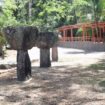
Go World Travel is reader-supported and may earn a commission from purchases made through links in this piece.
Think about Easter Island and it’s a good bet that its iconic stone monoliths come to mind first. But they aren’t the only massive stone carvings on remote Pacific islands that have fascinated and puzzled archeologists, anthropologists, explorers and travelers for centuries.
Nearly 7,600 miles farther west on the northern side of the equator lie the Northern Mariana Islands where latte stone pillars dot the landscape. Although unique prehistoric monuments are found throughout Oceania, stone lattes are found nowhere else.
The U.S territory of Guam is the centerpiece of this group of ancient volcanic islands where latte stones have become the modern symbol of the indigenous Chamorro culture representing strength and identity.
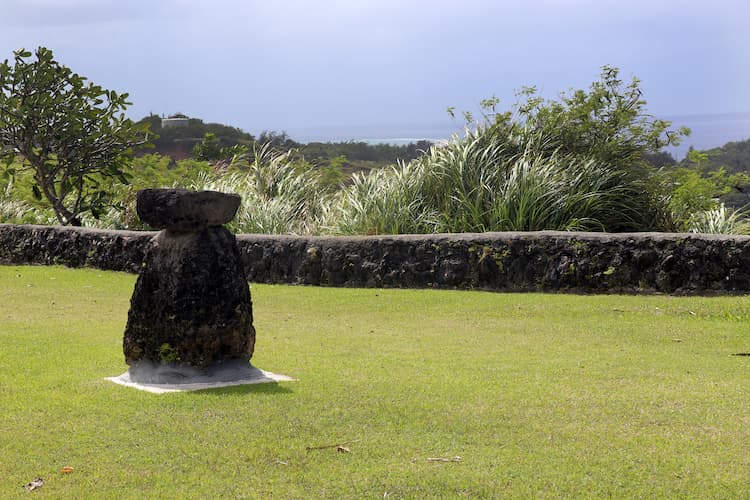
Latte have two solid parts: a pillar (“haligi” in Chamorro) and a cup-shaped capstone with a flat top (“tåsa” most likely from the Spanish taza for cup or bowl.) Ranging in height from 2 to 10 feet, the tallest one still standing is on the neighboring island of Tinian and is 15.7 feet high.
The pillars and capstones often differ in shape, material and size. Some are made from quarried limestone, volcanic rock or conglomerates while others are made from rough slabs, coral or boulders rounded by water.
Lattes Were Used by the Chamorro People
Originally used by the indigenous Chamorro people as housing supports, the structures are often referred to as “casas de los antiguos” (houses of the ancients) in some reference works.
The pillars were usually set in two parallel rows around a rectangular space in pairs of six, eight, ten, twelve or fourteen pillars.
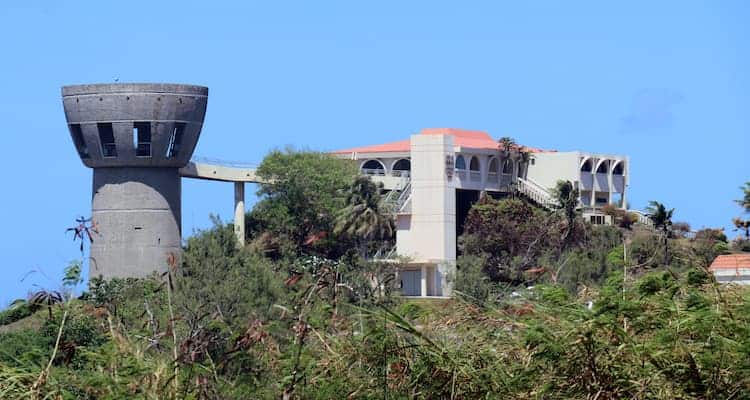
The new book “Latte in the Marianas: By the Community, and For the Community” by Dr. Kelly Marsh and Jolie Liston notes that the ancestors of the Chamorro people arrived in the Mariana Islands around 4,000 years ago.
But it was another 2,700 to 3,100 years before latte first appeared. They were in use for approximately 700 years.
Writings from the 1500s and 1600s reported that houses were often set atop the pillars and the space below was where traditional canoes called “proa” were made and stored, or where community gatherings took place.
Other buildings for cooking, sleeping and other tasks were made of wood with palm-frond thatch or grass roofs and set on the ground.
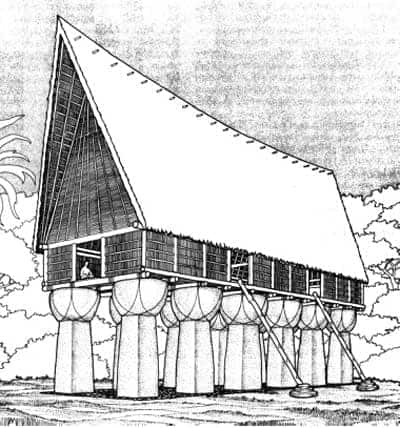
Portuguese explorer Ferdinand Magellan was the first European to arrive in Guam on March 6, 1521 on behalf of Spain. Forty-four years later, Guam was declared by Spain, changing the Chamorro culture forever.
According to archeological research, the use of latte ceased around the time of Spanish colonization. Authors Kelly and Liston note:
“Latte survived some of the most traumatic parts of our history, such as the arrival of the Spanish on our shores to convert what they felt were the lost souls of indigenous peoples living a pagan lifestyle. This missionization forbade a great many of our cultural ways and practices.”
Like many of the megaliths in the Pacific islands, the significance of the latte has been lost to time and their sacredness remains speculative.
However, it’s thought by some researchers that they may have been associated with ancestor worship since the Chamorro buried their dead between the stones and on each side of the house, thus creating a sacred space.
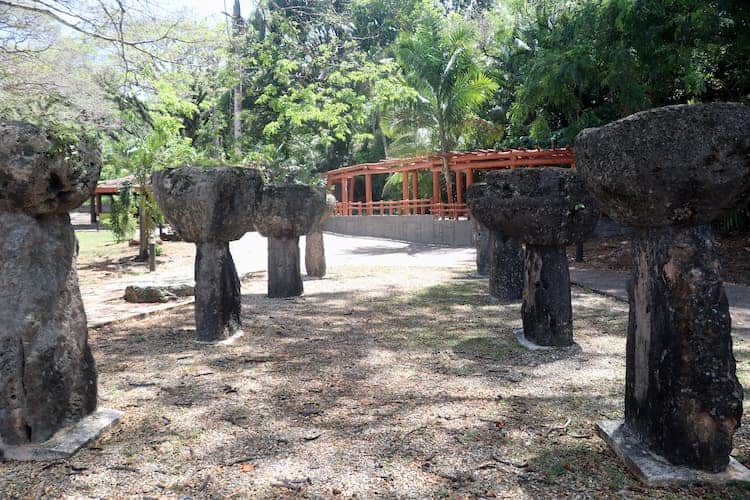
Lattes Have Deep Cultural Significance
Visitors to the Marianas today are asked not to touch the few remaining stones and to respect them for their historic and cultural significance.
“The presence of the ancestors is evident in the stones themselves, and these sacred spaces are crucial to our continued existence and prosperity as indigenous people,” Kelly and Liston note.
Latte stones and their symbolism are used in a wide range of ways from concrete reproductions that can be seen incorporated into government buildings, supporting signs and bus shelters, stamped on documents, outlined on highway markers, honored on postage stamps, and even on the 2009 US quarters for Guam and the Northern Mariana Islands.
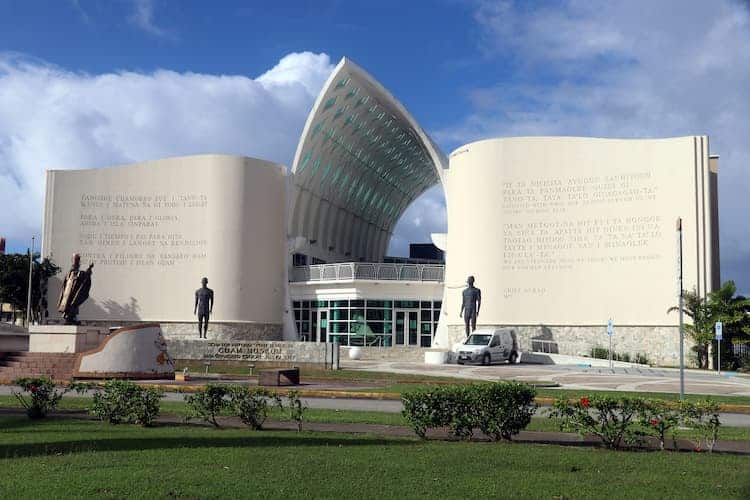
Eight of these ancient megaliths can be seen by visitors to Guam at Latte Stone Park in Hagåtña, the capital village of the island.
The stones were moved to the park in the 1950s and today they’re one of seventeen sites along the two-mile “Hagåtña Heritage Walking Trail” that begins at Fort Santa Agueda, the only remaining fort of the Spanish Era in Hagåtña that dates to 1803.
While Guam remains the center of the ancient Chamorro culture and has two American military bases, it’s also home to a large Filipino community.
Toss in Micronesian, Korean, Japanese, and Thai, add a dash of Mexican and two handfuls of Spanish, stir well and that’s the cultural stewpot that makes up Guam.
Great diving on the surrounding reef, uncrowded beaches, water sports, hiking trails for all levels and ages, historic sites including the War in the Pacific National Historical Park and the Spanish Fort Nuestra Señora de la Soledad (c.1810), the Guam Museum that’s filled with educational displays of the island’s history and culture, and much more await visitors to this Pacific paradise.
Including a latte (coffee) to go.
Book This Trip
Start planning your latte escapade to Guam today. Get prepared with insider tips on how to get around, hotel and VRBO reservations, local restaurant reviews and more through TripAdvisor and Travelocity.
For the best flight deals, train tickets and car rental options, check out OMIO Travel Partner.
For more information about visiting Guam, go to www.visitguam.com.
Read our articles about other destinations here:
Author Bio: Joyce McClure

